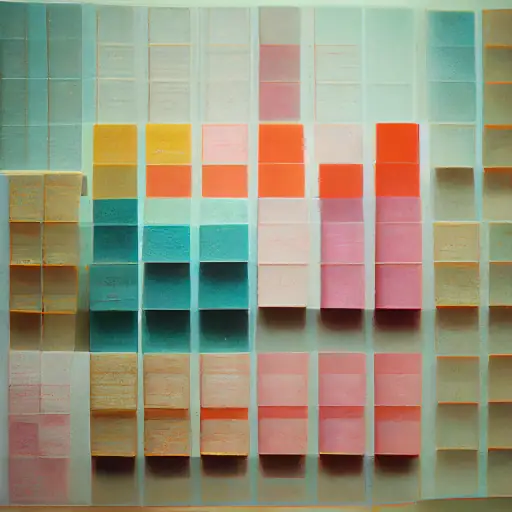| study | media analysed | source | method | dataset |
|---|---|---|---|---|
| Cottiero et al. (2015) | NA | NA | NA | NA |
| Østbø (2017) | “newspapers published in Moscow in the period 1992–2016” | Integrum | Articles with explicit mention of “spiritual-moral values” | Not available |
| Lankina and Watanabe (2017) | Russian main newspapers; TV transcripts; Russian news websites;Ukraininan Zerkalo Nedeli | Integrum | Latent semantic scaling; Word frequency | Not available |
| Tolz and Teper (2018) | Pervyi Kanal and Rossiya-1 | “systematic following of the output of these two channels” / web – archives | Not formally described | Not available |
| Lankina, Watanabe, and Netesova (2020) | “six leading state-controlled television channels and newspapers spanning the years 2011–2013”: “Rossiyskaya Gazeta, Izvestiya, and Komsomolskaya Pravda”; “Russia 1, Channel 1, and NTV.”; “We also harvested stories from sources that fall outside of state control.”: “Rosbalt, Interfax, Novaya Gazeta, and Namarsh.ru” | Integrum; web scraping | Latent semantic scaling | Not available |
| Ptaszek, Yuskiv, and Khomych (2023) | news published on Telegram channels by the Russian news agency RIA Novosti (RIAN) and the Ukrainian news agency (UNIAN) during the Russian invasion of Ukraine in 2022 | Telegram | “computerized text mining”; computer-assisted or computational approach to verbal framing analysis;‘reflexive thematic analysis’:(1) word frequency, (2) keyness analysis, and (3) word association | Not available |
| Boussalis, Coan, and Poberezhskaya (2016) | 65 newspapers included in Eastview database | Eastview Russian Central Newspapers database (UDBCOM), full list in Appendix A | latent Dirichlet allocation (LDA) model originally proposed in Blei et al. (2003) | Not available |
| Wilson Rowe (2009) | Rossiiskaya Gazeta | manual retrieval from web | qualitative analysis of framings | Not available |
| Yagodin (2021) | Rossiiskaia Gazeta (Integrum); Krasnii Sever (Integrum); VGTRK (vgtrk.com; vesti.ru; vesti-yamal.ru) | Integrum; manual retrieval from web | qualitative analysis of framings | Not available |
| Riabova and Riabov (2019) | “Rossiiskaia Gazeta,”“Komsomolskaia Pravda,”“Moskovskii Komsomolets,”“Zavtra”, “Svobodnaia Pressa” and others, as well as popular Internet news portals “Gazeta.ru,”“Vzgliad,”“Newsland,”“Newsru.com,”“Odnako”. Besides, we examine TV programs, popular blogs, and Internet forums where the Western and Russian articles and TV broadcasts of the Cologne events have been discussed | manual retrieval from web | Not formally described | Not available |
| Malinova (2022) | Presidential Addresses to the Federal Assembly between 2000 and 2020 | NA | computer-assisted qualitative content analysis; MAXQDA2018; manual coding | Not available |
Content analysis on Russian media and conflict in Ukraine: from Putin’s third term to Russia’s invasion of Ukraine
This page is still a work-in-progress. It is shared in the spirit of keeping the research process as open as possible, but it still a draft document, possibly an early draft: incomplete, unedited, and possibily inaccurate. Datasets included may likewise not be fully verified.
 Context
Context
Approaches
Methods
Even in some of the most insightful academic articles on the evolving role of media in contemporary Russia, methods of analysis are not fully formalised. Tolz and Teper (2018), for example, do not offer any details about the method they used to analyse the change of formats and contents in Russian TV broadcasting after Vladimir Putin’s return to the presidency in 2012 from entertainment to agitainment.
Between 2012 and 2016, they identified four coordinated media campaigns.1 Anyone following with any regularity Russian media will easily recognise these media campaigns, and will have noticed the increasingly ubiquitous presence on mainstream TV channels of the kind of “soft news programmes” such as political talk shows that can easily fall under the catchy label of agitainment. Yet, a more systematic or structured analysis may have showed additional or different dynamics at play.
There may be a complementarity at play: methodologically less stringent analyses likely facilitate the development of theories and hypotheses, which can be then tested and refined through more methodologically formalised analyses.
Tabular summary of key relevant studies
Sources that have been checked systematically
The above table is based on targeted but unsystematic searchers on Google Scholar, as well as manual parsing of titles and abstract of the following area studies journals:
Communist and Post-Communist Studies
-
full years: 2023
partial: 2024, issue 1
Conclusions
As observed by La Lova (2022) in her analysis of scholarly publications on Russia, the opportunity to use digital datasets such as news archives “remain relatively untapped in scholarship” in this field. As she observes, in an increasingly authoritarian context where self-reported and survey data have additional reliability issues, and it is more difficult to conduct interviews and fieldwork, it may well be the time for scholars to explore more extensively contents published online and the digital footprints of Russian users, organisations, and institutions as potential sources of data and information.
References
Footnotes
“The first focused on the Pussy Riot affair and it ran from March to September 2012. This was followed by a year – long anti migration campaign that began in the fall of 2012. The annexation of Crimea and the so-called Ukraine crisis were the subject of the third intensive campaign from February to May 2014, and continued to dominate the media agenda until at least the end of the year. The fourth campaign covered Russia’s intervention in the Syrian Civil War, from September 2015 to May 2016.” (Tolz and Teper 2018, 217)↩︎